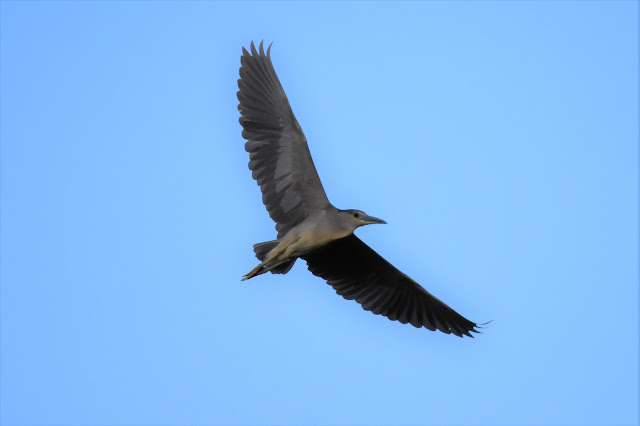It's spring here in the desert. I've kept it local for several weeks because I need to budget my money for a bigger trek coming up. It has been an enjoyable challenge because I am forced to play within the perimeters of my own area. It's a different kind of birding, but it's still quite enjoyable.
 |
| Mallard duckling |
While waiting for my master lens to return from the shop, I took cell phone pics and used a smaller lens for some of these shots. Imagine going to your work place and finding this Great Horned Owlet staring back at you?! It was hard to focus and listen to the adults talking in the room:)
 |
| Least Sandpipers |
 |
| Solitary Sandpiper |
Many of us know that a Killdeer parent will act injured to draw a predator away from the nest. While I am not a predator, I am clearly a danger in a different kind of way.
Almost every living creature on this planet uses some form of communication. As a birder, it's my job to interpret that communication for a better understanding of the birds. It offers a very satisfying observation as well.
In this particular case, I knew I was near a nest. I stopped quickly and scanned the area. Had I made a few more steps in the wrong direction, I might have stepped on these eggs. Thankfully, I understood what the bird was telling me. Look at how much this Killdeer's eggs look like the surrounding rocks! Nature is amazing.
I believe that Coachline, or El Río Preserve, will be one of Marana and Tucson's premiere birding spots when it's all finished. It has been a wonderful success. A walking/bike path have been put into the area making this premiere birding spot even better. There is now a parking area (with a ramada for lunch and shade). As a local, I can tell you that I am super excited about this transition. And my tires are glad as well. No more gravel/sharp rock parking:)
Several years ago, friend and birder, Magill sat with me as we did a Big Sit and counted birds under the awning at this place for the day. It was a lot of fun as we ended our observations with lots of Lesser Nighthawks flying around us.
 |
| Black-crowned Night Heron |
But during those grueling two weeks of waiting, I did some research for our upcoming Wrenegades event. Every year, we get together to raise money for the birds of Southern Arizona. It helps support Tucson Audubon's projects.
I spiced up my treks but kept it cheap. A really nice place to bird on Mt. Lemmon is the Rose Canyon Lake area. But I didn't want to pay the hefty entrance fee so I parked off the highway and hiked down to the lake. Another woman did the same but as she was hiking down into the area, she didn't realize how far it was:) So I kept encouraging her to keep going. "Where is the damn lake? My kids better be down there." I told her not to worry. We chatted the mile hike down and got to the lake. She didn't see them but from her conversation about her kids, I guessed they'd be at the floating dock fishing. And there they were. That trek, for the day, landed me a Lewis's Woodpecker.
I also scouted around for the ducks. Again for our birdathon. There are a few wintering ducks still around....like this proud drake Ring-necked Duck.
A Round-tailed Ground Squirrel eats some refreshing Barrel Cactus fruit on a hot near 100 degree day.
And my research takes me into new areas around town locating new Burrowing Owl locations. The one at our airport is now gone which means that the construction crew destroyed the burrow:( Thankfully birders saved the birds and had them relocated. It was very sad to see them go. But it also forced me to scout out new locations which was fun.
Next week, I join up with my fellow Wrenegades to find as many birds in a 24 hour time period as we can. Will we break our old record? Stay tuned for more.....





























































